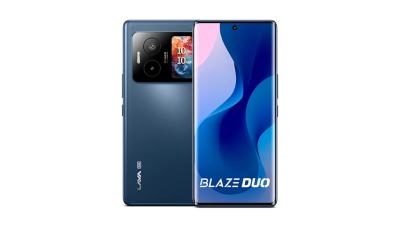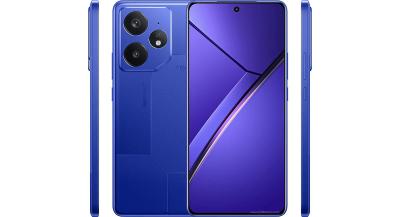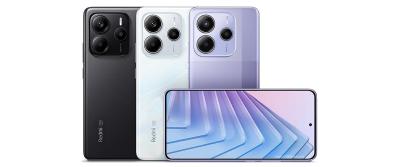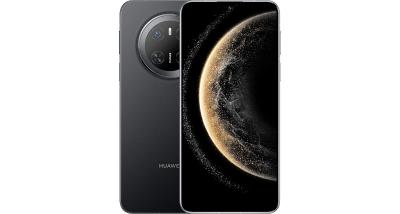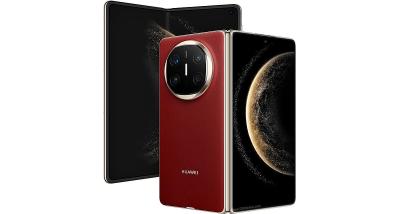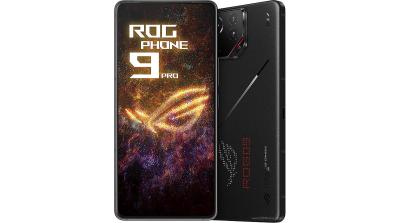Mobile phones
In recent years OLED technology has emerged as the leading smartphone display technology, and the world's most popular phone vendors are all shipping AMOLED smartphones.

In 2018, over 500 million AMOLED screens were produced - mostly to satisfy demand from mobile phones vendors. The smartphone OLED 2018 market was led by Samsung, who has been using AMOLEDs in its high-end phones for many years, followed by Apple, LG, Xiaomi, Huawei and others. Samsung is branding its smartphone OLED displays as Super AMOLED display.
Most premium phones today adopt flexible OLED displays. Apple for example is using a flexible 5.8" 1125x2436 OLED (made by SDC) in its 2018 iPhone XS (the iPhone XS Max sports a larger 6.5" 1242x2688 flexible AMOLED). Display experts say that the iPhone XS Display is the world's best smartphone display.
OLEDs - the best smartphone displays?
Most display experts and consumers agree that OLED displays are the world's best smartphone displays. The best smartphone OLED displays are the Super AMOLED displays produced by Samsung Display, but other OLED producers (such as LG and BOE Display) are also producing high quality OLEDs.
Following is a list of smartphone with OLED displays:
Realme Neo7
Xiaomi Redmi Note 14
Honor 300 / 300 Pro / 300 Ultra
The Honor 300 smartphone offers a 6.7" 120Hz 4,000 nits (peak) 1200x2664 AMOLED display, a Snapdragon 7 Gen 3 chipset, up to 16GB of RAM and up to 512 GB of storage.
The Honor 300 Pro has a slightly larger display - 6.78" 120Hz 4,000 nits 1224x2700 AMOLED, and stronger specifications. The Honor 300 Ultra sports the same display as the 300 Pro.
Xiaomi Redmi K80 / K80 Pro
The Redmi K80 smartphone offers a 6.67" 120Hz 3,200 nits (peak) 1440x3200 AMOLED display, a Snapdragon 8 Gen 3 chipset, up to 16GB of RAM and up to 1TB of storage.
The Redmi K80 Pro offers the same display (but covered with a Longjing Glass 2 instead of the Corning Gorilla Glass 7i used in the K80), and stronger specifications.
Huawei Mate 70 / 70 Pro / 70 Pro+ / 70 RS Ultimate
Huawei's Mate 70 flagship smartphone family includes four models. The basic Mate 70 offers a 6.7" 2500 nits 120Hz 1216x2688 LTPO AMOLED display, up to 12GB of memory, up to 1TB of storage, HarmonyOS 4.3, and a triple camera setup.
The Mate 70 Pro has a larger 6.9" 1316x2832 LTPO AMOLED, and has better specifications. The Mate 70 Pro+ despite its name, has the same display, but with even better specifications.
Huawei Mate X6
Huawei's Mate X6 is a foldable smartphone that offers a 7.93" 120Hz 2240x2440 foldable LTPO AMOLED display, and a 6.45" 120Hz 1080x2440 LTPO AMOLED cover display. The Mate X6 offers up to 16GB of RAM, up to 1TB of storage and Huawei's own HarmonyOS 4.3
The Mate 6 will ship by the end of 2024, starting at around $1,800.
Oppo Reno13 / Reno13 Pro
Oppo's Reno13 smartphone offers a 6.59" 120Hz 1256x2760 AMOLED display, a Mediatek Dimensity 8350 chipset, up to 16GB of RAM and up to 1TB of storage. The Reno13 Pro offers better specifications, including a larger 6.83" 120Hz 1272x2800 AMOLED.
Both Reno13 smartphones will ship by the end of November 2024, starting at around $350 in China.
Vivo Y300
Asus ROG Phone 9 / 9 Pro
Asus' ROG Phone 9 is a gaming smartphone, that offers a 6.78" 2500 nits 185Hz (world's fastest smartphone OLED display) 1080x2400 LTPO AMOLED display (produced by SDC). The ROG Phone 9 also sports a Snapdragon 8 Elite chipset, up to 16GB of RAM and up to 512GB of storage.
The ROG Phone 9 Pro offers the same display, but with stronger specifications.
The ROG Phone 9 will start shipping soon starting at around $1,100.
Pagination
- Previous page
- Page 2
- Next page
